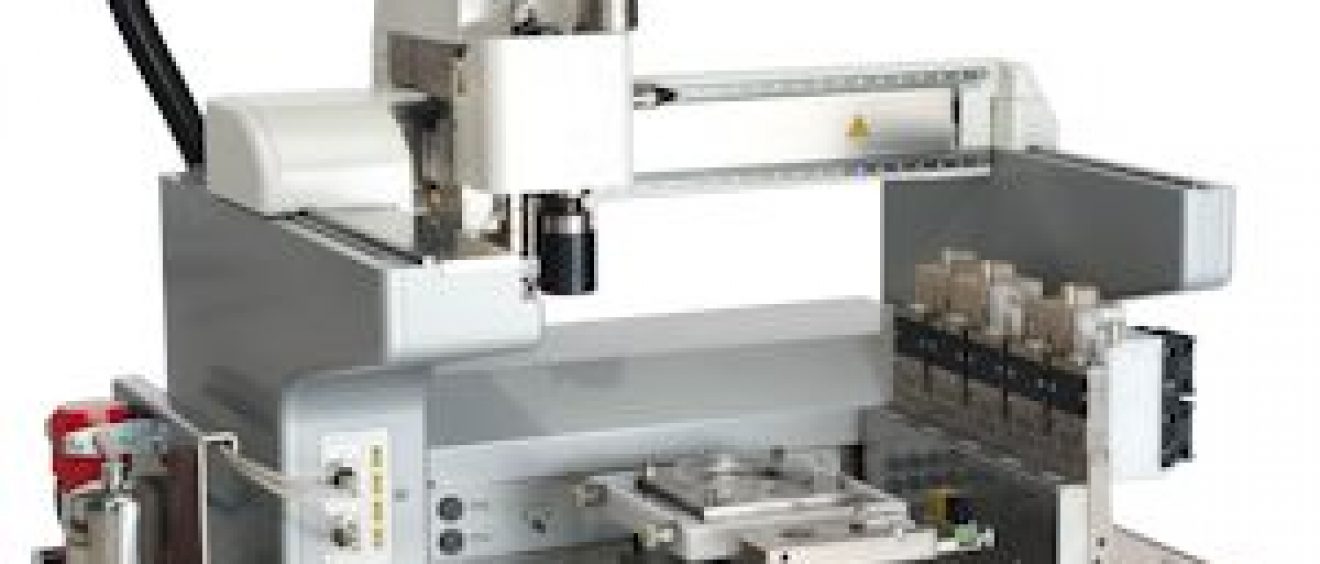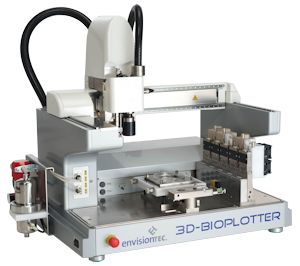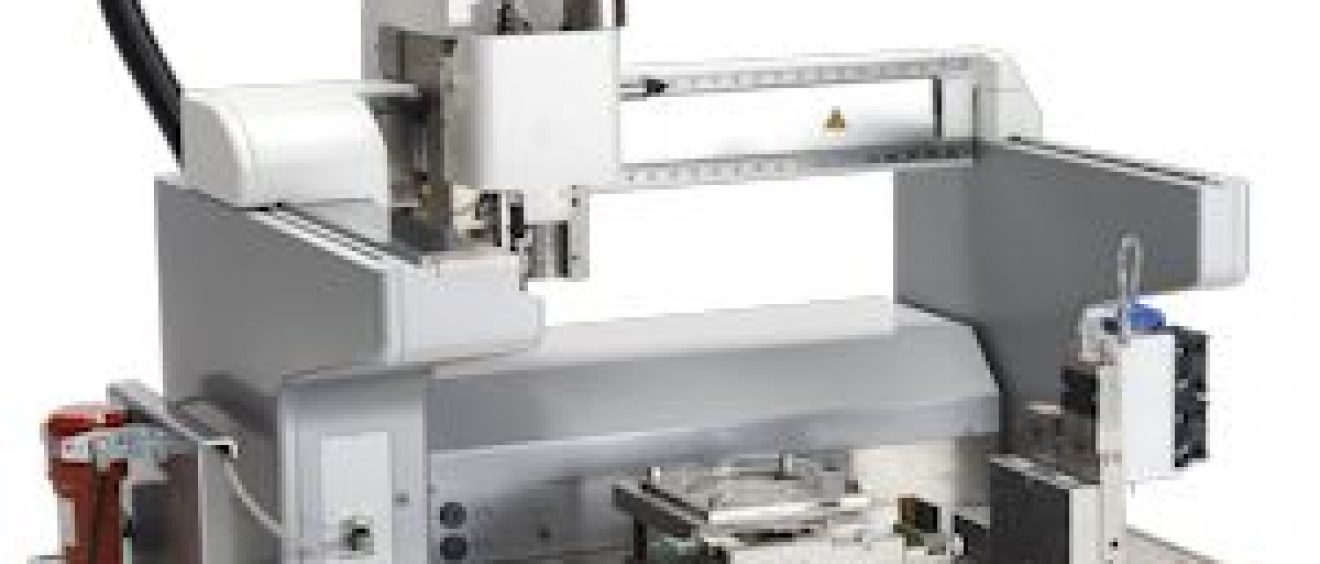3D-Bioplotter® Manufacturer Series
The 3D-Bioplotter® System is a versatile Rapid Prototyping tool for processing a great variety of biomaterials for Computer Aided Tissue Engineering (CATE), from 3D CAD models and patient CT data to the physical 3D scaffold with a designed and defined outer form and an open inner structure.
The 3D-Bioplotter® Manufacturer Series offers:
- Built-in camera to enhance needle calibration and to ensure consistent prints
- Temperature controlled build platform and sensor ports. This allows greater material variety and finely tuned environments for low tolerance scaffolding.
- Five cartridges slots for more materials in a single print.
Features:
- 5 different cartridges can be used during the
same build job - 1x Low and 1x High Temperature Head
- Particle and sterile filters
- Needle position control via high resolution
camera - Heating and cooling capabilities on building
platform - 4 external temperature sensor ports
- Semi automatic material calibration
- Automatic z-height controlling system for changeable platform add-ons, e.g. petri dishes
- PC with machine control software
- Automated nozzle cleaning process
Machine Specifications*
-
Axis Resolution: (XYZ) – 0.001mm (.00004″)
-
Speed: 0.1 – 150 mm/s (0.004” – 5.91”/s)
-
Build Volume (XYZ): 150 x 150 x 140 mm (5.91” x 5.91” x 5.51”)
-
Minimum Strand Diameter: 0.100 mm (0.004”) – Material Dependent
*Specifications subject to change without notification
System Properties
-
Footprint (L x W x H): 38.4” x 24.5” x 30.4” (976 x 623 x 773 mm)
-
Weight: 286.6 lb (130 kg)
-
Electrical Requirements: 100-240 V AC, F 50/60Hz








